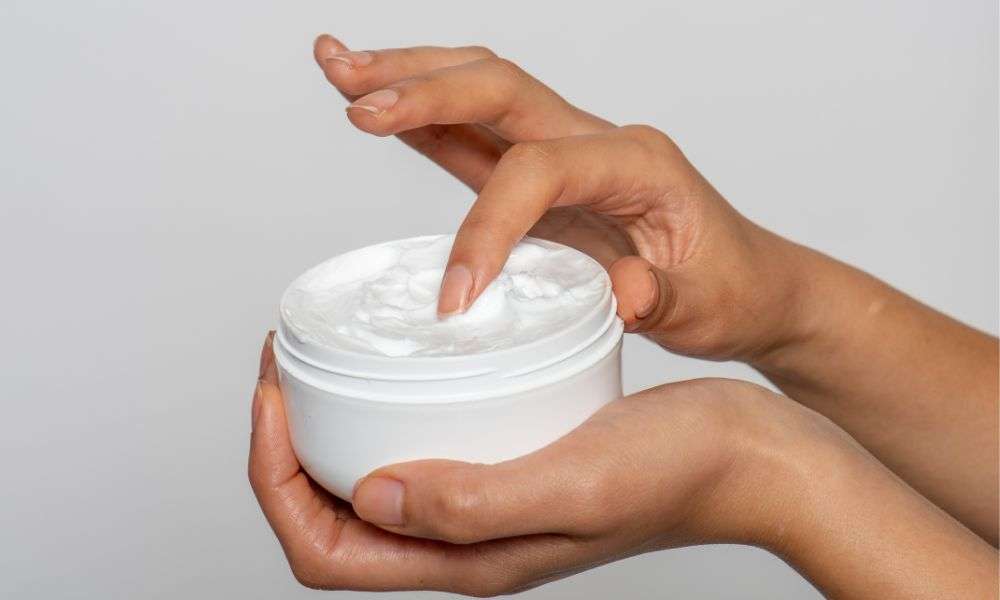Skincare Creams Demystified: A Guide for Women at Every Age
Discover how to choose the right skincare creams for changing skin needs across the years. This in-depth guide covers essential ingredients like hyaluronic acid, retinoids, peptides and niacinamide, explains day vs. night formulations, and outlines routines and product types for mature and sensitive skin. Learn practical tips for hydration, repair, and protection to keep skin healthy and radiant.

Skincare Creams Demystified: A Guide for Women at Every Age
Choosing the Right Products for Mature Skin
As skin ages, its structure and needs shift — moisture retention drops, collagen production slows, and environmental damage accumulates. For older women, selecting creams that address these specific changes can make a noticeable difference. Look for formulations containing peptides and antioxidants to help support collagen synthesis and neutralize free radicals. Hydrators like hyaluronic acid and ceramides strengthen the skin barrier and lock in moisture, while niacinamide helps even tone and diminish the look of age spots. A gentle, fragrance-free base is often best for delicate, reactive skin.
Key Ingredients to Understand
The performance of any cream depends on its active and supportive ingredients. Familiarize yourself with these commonly used components so you can match products to your concerns:
- Hyaluronic acid: Attracts and binds water to plump and hydrate skin deeply.
- Retinoids (including prescription retinol derivatives and over‑the‑counter retinol): Accelerate cell turnover and improve texture and fine lines.
- Peptides: Short amino acid chains that can signal skin to maintain or rebuild collagen and elastin.
- Vitamins C and E: Powerful antioxidants that protect against oxidative stress and can brighten skin tone.
- Natural oils and butters (e.g., jojoba, shea butter): Provide emollience and help seal in moisture without stripping.
When evaluating labels, note concentration, delivery system (creams vs. serums), and whether actives are combined for synergistic effects.
Day versus Night: Why Both Matter
Skincare is a 24‑hour cycle. Day creams are formulated primarily for protection and lightweight comfort: they absorb quickly, layer well under makeup, and often contain SPF to guard against UV damage. Night creams, on the other hand, prioritize repair. They tend to be richer and include ingredients that work best while skin is in restorative mode — think retinoids, richer emollients, and overnight peptides. Using different formulations morning and evening allows you to protect during the day and support regeneration at night.
Popular Cream Types and How to Pick One
| Product Type | Best For | Key Features | Average Price Range |
|---|---|---|---|
| Daily Moisturizer | All Skin Types | Lightweight hydration, basic barrier support | $15-30 |
| Anti-aging Cream | Mature Skin | Peptides, retinol or retinoid alternatives, deeper moisture | $40-100 |
| Night Repair Cream | Deep Treatment | Rich texture, regenerative actives, concentrated repair | $30-80 |
| Sensitive Skin Cream | Delicate Skin | Minimal ingredients, fragrance-free, soothing agents | $20-45 |
Prices, rates, or cost estimates mentioned in this article are based on the latest available information but may change over time. Independent research is advised before making financial decisions.
Building a Practical Skincare Routine
Consistency is the single most effective habit for healthier skin. A straightforward daily routine could look like this:
Morning: - Gentle cleanser to remove overnight oils and buildup. - Lightweight treatment serums if needed (e.g., vitamin C for antioxidant protection). - Moisturizer or day cream suited to your skin type. - Broad‑spectrum SPF as the final step.
Evening: - Double cleanse if wearing sunscreen or makeup; otherwise a single gentle cleanse. - Targeted treatments (retinoids, peptides, or other actives recommended for your concerns). - Night cream to replenish and support barrier repair while you sleep.
Adjustments to the routine are often necessary with seasonal shifts (heavier creams in winter, lighter formulations in summer) and as your skin responds to treatments. Patch testing new active ingredients and introducing them gradually reduces irritation risk.
Practical Tips and Expectations
No cream will halt aging, but the right regimen can slow visible signs, improve texture, and maintain skin health. Combine topical care with healthy lifestyle choices: wear sunscreen daily, stay hydrated, get sufficient sleep, maintain a balanced diet rich in antioxidants, and avoid smoking. If you have chronic skin conditions or are starting potent actives (such as prescription retinoids), consult a dermatologist for personalized advice.
Keep an eye on ingredient lists rather than marketing claims. Ingredient concentrations, formulation stability, and how actives are delivered into the skin make a significant difference in results. For sensitive or reactive skin, choose fragrance‑free and low‑irritant formulas and introduce new products one at a time.
Final Thoughts
Understanding what creams are formulated to do and which ingredients target your particular concerns empowers better choices. From hydrating hyaluronic acid to collagen‑supporting peptides and protective antioxidants, the modern skincare toolbox is broad. Use lighter, SPF‑containing creams by day and richer, reparative products at night, and build a consistent routine that adapts as your skin changes.
This article is for informational purposes only and should not be considered medical advice. Please consult a qualified healthcare professional for personalized guidance and treatment.






